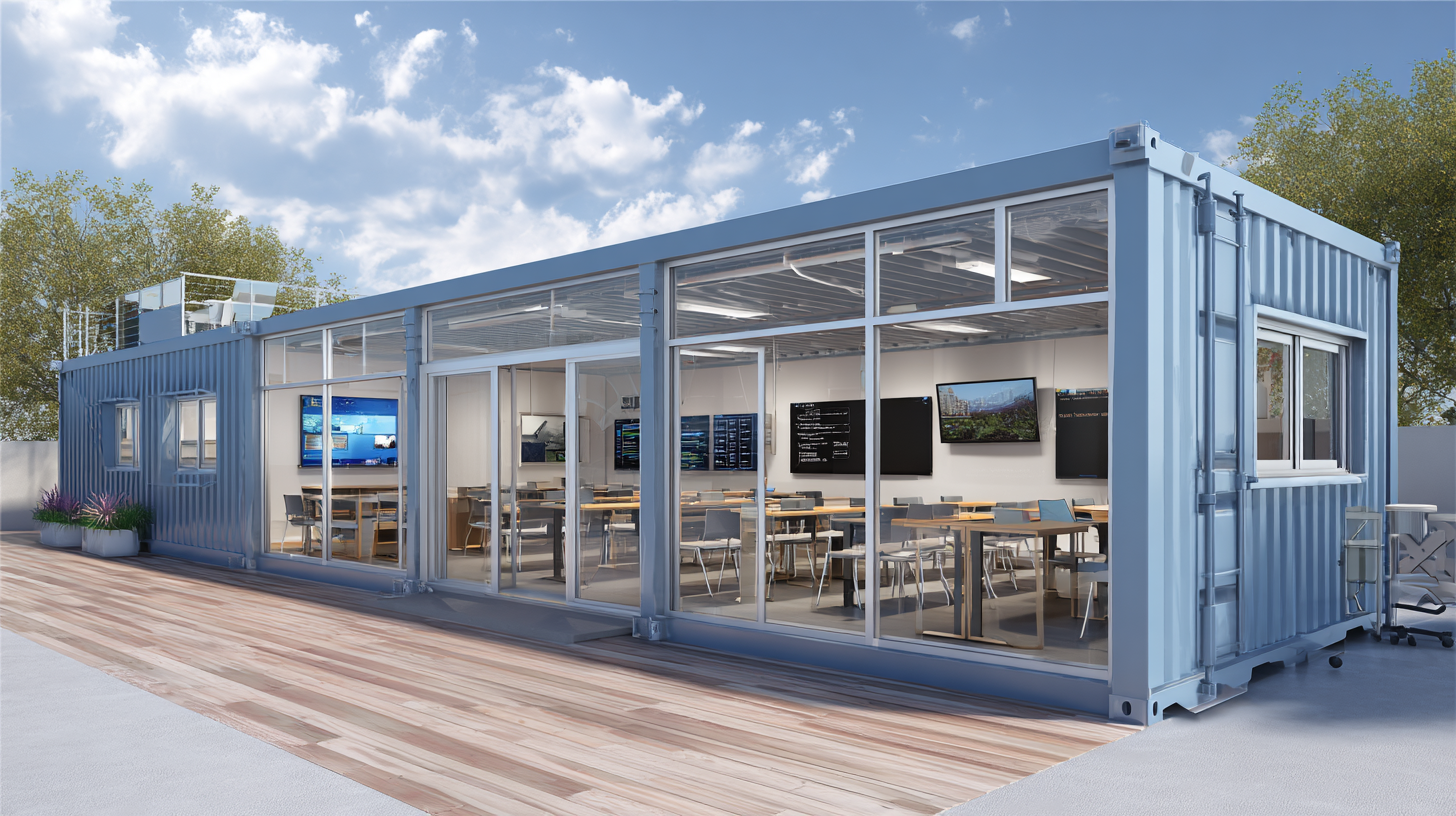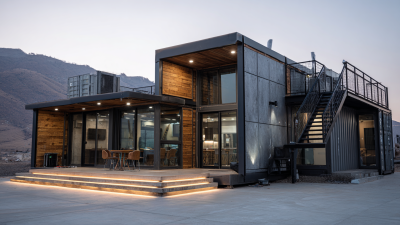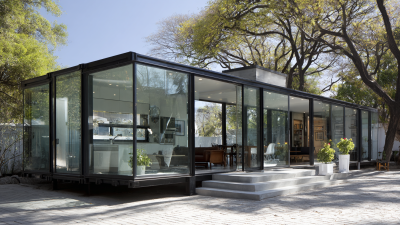In an era where global education needs are rapidly evolving, the demand for flexible and efficient learning environments is more critical than ever. Prefab classrooms have emerged as a viable solution for schools seeking to expand their infrastructure without the lengthy processes associated with traditional construction methods. These innovative structures provide educators with the opportunity to create dynamic, adaptable spaces that can cater to various teaching styles and curricular requirements. As institutions grapple with increasing enrollment numbers and the need for rapid deployment of educational facilities, understanding the different types of prefab classrooms available becomes essential. This guide aims to equip educators, administrators, and decision-makers with the knowledge necessary to make informed choices when selecting prefab classrooms that best fit their unique educational requirements and contribute to a more robust global learning experience.
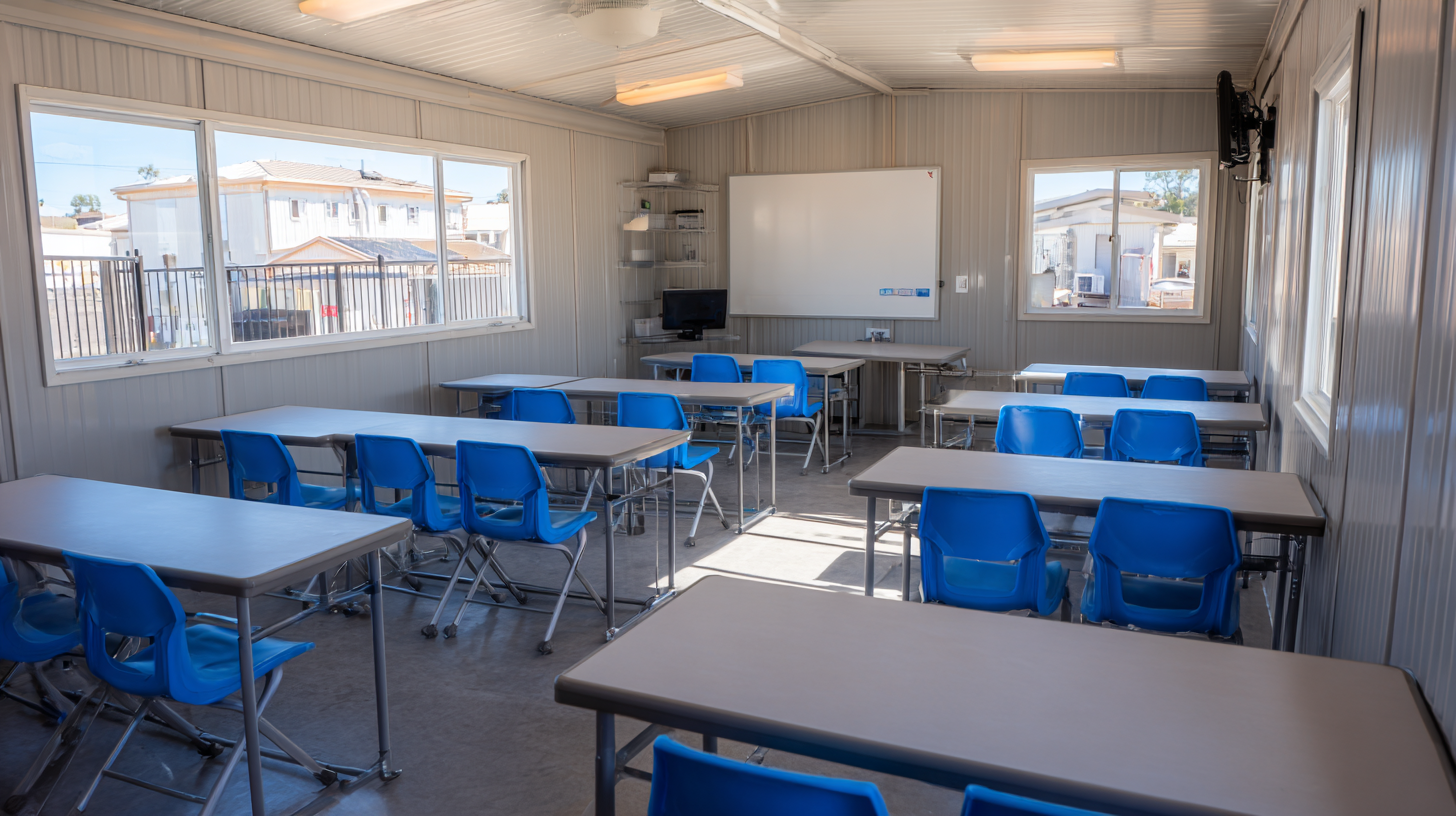
When selecting the right prefab classroom solution, several key factors should be carefully considered. First and foremost, the intended use of the classroom must align with the educational goals. For instance, if the classroom is meant for STEM programs, it should be equipped with adequate technology and flexible layouts to accommodate various teaching methods. Additionally, the size and capacity of the classroom should align with the anticipated student population to ensure an effective learning environment.
Another critical aspect is the materials and construction quality. Prefab classrooms often face varying weather conditions and must withstand these elements while providing a safe space for students. Choosing durable materials that promote sustainability not only enhances the lifespan of the structures but also contributes to a greener educational system. Accessibility features should also be prioritized to ensure all students can benefit from the environment.
By carefully analyzing these factors, educators and administrators can make informed decisions that enhance the overall learning experience in expanding global education.
When evaluating prefab classrooms for global educational expansion, the design and layout of these spaces are crucial to creating optimal learning environments. According to a report by McGraw Hill, 75% of educational administrators believe that classroom design impacts student performance significantly. Flexible layouts that accommodate both individual study and collaborative work can enhance engagement, with modular furniture allowing for quick reconfiguration.
Incorporating natural light and ventilated spaces is another essential design consideration. A study from the Green Schoolyards Report indicates that classrooms filled with natural light can increase student focus by up to 20%. Additionally, integrating outdoor spaces into classroom design can foster a connection to nature, promoting well-being and reducing stress among students. Ultimately, these design principles not only address the immediate needs of expanding global education but also contribute to sustainable and effective learning architectures.
When considering prefab classrooms to meet the expanding needs of global education, understanding budget constraints and funding options is essential. Many educational institutions face tight budgets that can limit their ability to expand or renovate traditional classroom settings. Prefab classrooms offer a cost-effective solution, often requiring less time and money for installation compared to traditional construction methods. This flexibility allows schools to allocate resources more efficiently, making it possible to invest in essential teaching tools and technology.
To further alleviate financial pressures, it’s crucial to explore various funding options available for acquiring prefab classrooms. Grants from government agencies, local foundations, and educational non-profits can provide significant financial support. Additionally, some private companies offer financing plans tailored for educational institutions looking to enhance their facilities. By leveraging these funding sources, schools can transform their spaces into multifunctional learning environments, enhancing the educational experience for all students while staying within budgetary constraints.
When considering prefab classrooms to meet expanding global education needs, assessing site requirements and installation processes is crucial. Various studies indicate that the proper evaluation of site conditions can significantly enhance the efficiency of prefab installation. According to a report by the Modular Building Institute, effective site assessment can reduce installation time by up to 30%. Factors such as soil composition, climate considerations, and accessibility play pivotal roles in determining the best location for prefab structures.
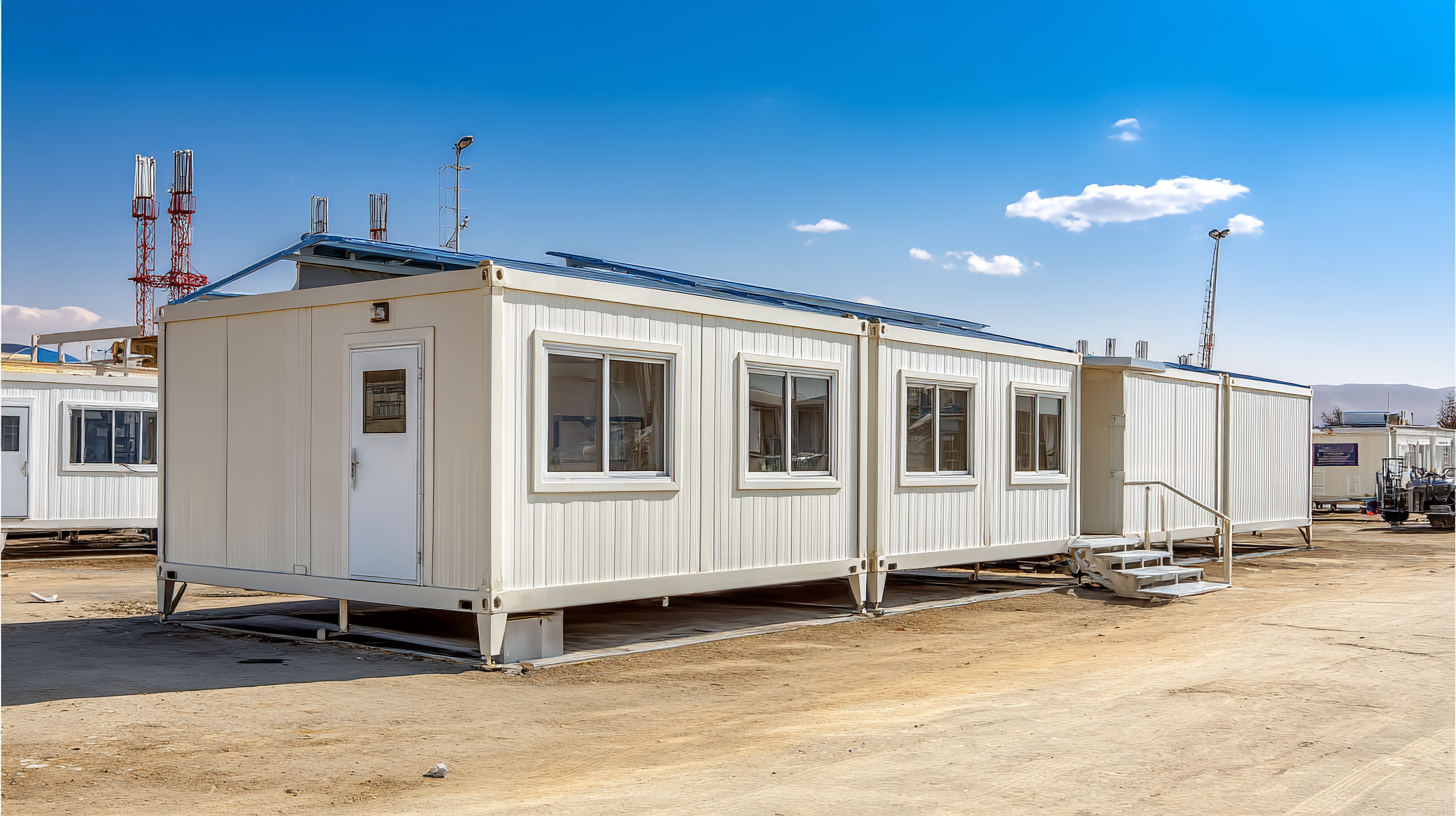
Moreover, understanding the installation processes for prefab classrooms is essential for a seamless transition to using these innovative space solutions. The installation typically involves site preparation, foundation work, and utility connections, which must be meticulously planned to avoid delays. A research report by the National Association of State Facilities Administrators shows that pre-planning the site setup can lead to a 25% reduction in overall project costs. Proper assessment ensures that potential challenges are addressed early, allowing educational institutions to adapt swiftly to the increasing demand for flexible learning environments.
When choosing prefab classrooms to meet the expanding global education needs, sustainability and environmental impact are paramount. Recent trends underscore a shift towards innovative sustainable building materials that not only enhance performance but also minimize ecological footprints. According to a recent study, the adoption of advanced green materials, such as recycled composites and low-VOC products, has increased by 30% in the last five years, reflecting a collective movement towards eco-friendly construction.
Furthermore, innovative production technologies are allowing for energy-efficient designs that significantly reduce energy consumption. A report highlights that implementing these advanced methodologies in educational settings can cut energy demands by up to 50%. This is particularly relevant in the context of prefab classrooms, where efficient energy use is essential to their overall sustainability. By investing in such technologies, educational institutions can significantly lower their environmental impact while simultaneously providing high-quality learning environments for students. The integration of renewable materials and energy-efficient systems will ensure that these classrooms not only serve immediate educational needs but also align with long-term sustainability goals.
